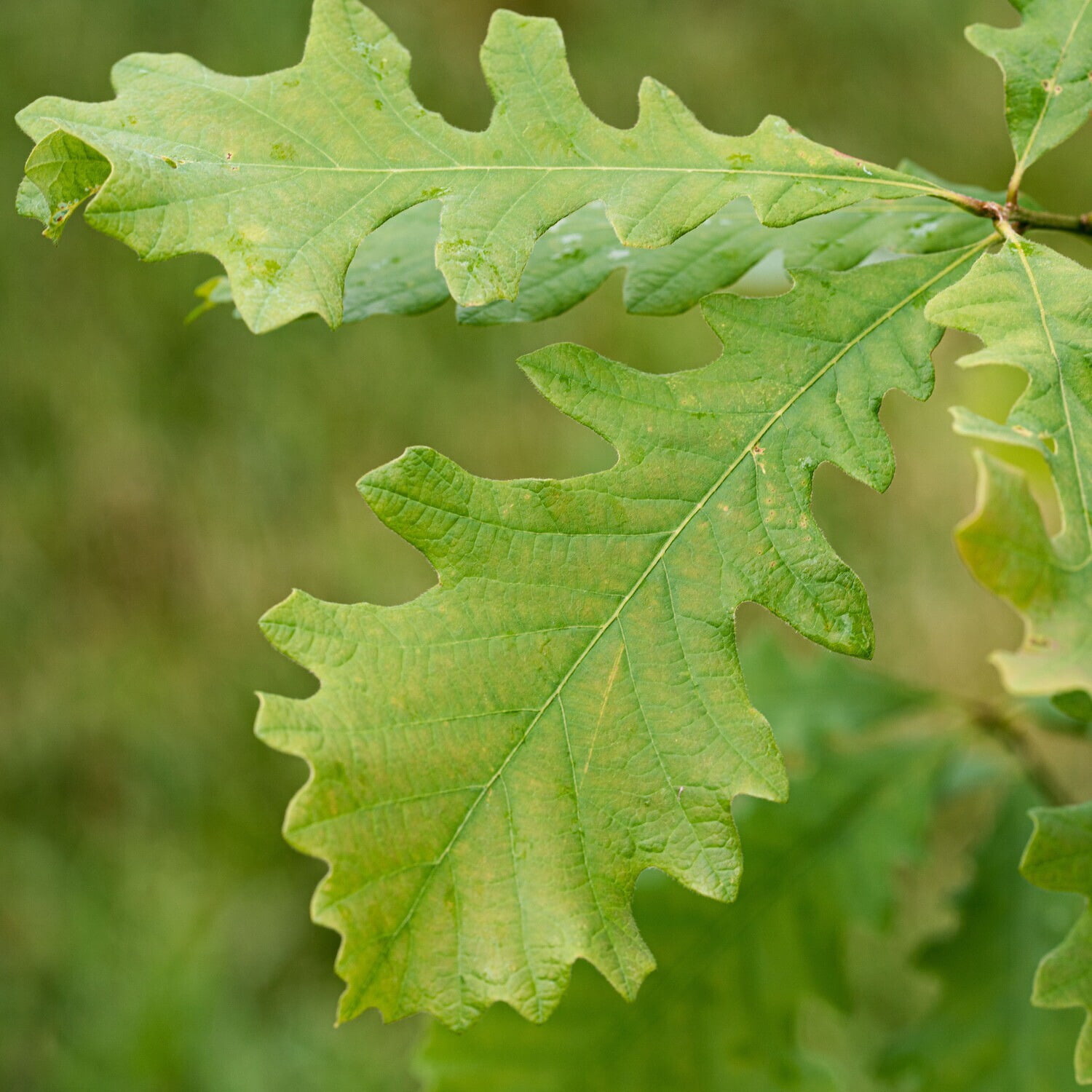
Understanding Quercus Lyrata
The Beauty of Quercus Lyrata
Quercus lyrata is truly a sight to behold. Its most distinguishing feature is the large, round acorns that it produces. These acorns are encased in a unique, bowl-shaped cap, hence the name “overcup oak.” The tree’s leaves are glossy green and elongated, adding to its aesthetic appeal. Its overall appearance is both majestic and inviting, making it a prized addition to landscapes.
Environmental Significance
Beyond its ornamental value, Quercus lyrata plays a vital role in the environment. Its large canopy provides shade and shelter for a variety of wildlife, from songbirds to squirrels. This tree species is part of the delicate web of life in the southeastern United States, contributing to the biodiversity of its native habitats.
Selecting the Right Location
Sunlight Requirements
When choosing a location to plant Quercus lyrata, it’s essential to consider its sunlight requirements. This tree thrives in areas that receive full to partial sunlight. Ensure that the selected spot gets at least six hours of direct sunlight per day to support healthy growth.
Soil Conditions
Quercus lyrata is known for its adaptability to various soil types. However, it does best in well-drained, loamy soil. Conducting a soil test before planting can help you assess the soil’s pH and nutrient content, allowing you to make any necessary amendments for optimal growth.
Planting Quercus Lyrata
Optimal Planting Time
Timing is crucial when planting Quercus lyrata. The ideal time is during the late fall or early spring when the tree is dormant. Planting during this period allows the tree to establish its root system before facing the challenges of the scorching summer months.
Digging the Hole
When planting, dig a hole that is approximately twice the width of the tree’s root ball but no deeper. Placing the tree in the hole at the correct depth is crucial. Make sure that the top of the root ball aligns with the ground surface. This not only helps the tree receive the right amount of moisture but also encourages stable and healthy growth.
Mulching and Watering
Mulching is an essential step after planting. Apply a layer of mulch around the base of the tree to conserve soil moisture, suppress weed growth, and regulate soil temperature. Be cautious not to pile mulch against the tree trunk, as this can lead to rot and other issues.
Proper watering is critical during the initial stages of growth. Water the tree thoroughly after planting and maintain consistent moisture levels throughout the first year. Avoid overwatering, which can lead to root problems. Utilizing a drip irrigation system or a soaker hose can help ensure a steady water supply.
Caring for Quercus Lyrata
Pruning
Pruning Quercus lyrata should be performed with care and consideration. The primary goal is to remove dead or damaged branches to encourage healthy growth. Excessive pruning can stress the tree and alter its natural shape. Prune during the dormant season for the best results.
Fertilization
Fertilization should only be considered if a soil test indicates a deficiency. If necessary, use a balanced, slow-release fertilizer, and steer clear of high-nitrogen formulas, which can harm the tree. Consulting with a local arborist or horticulturist can provide specific recommendations tailored to your soil conditions.
Pest and Disease Management
Regular monitoring for pests and diseases is essential for maintaining the health of your Quercus lyrata tree. Common issues include oak wilt and pests like oak leafhoppers and oak gall wasps. Early detection and appropriate treatment are key to addressing these problems effectively.
The Benefits of Quercus Lyrata
Aesthetic Value
One of the most compelling benefits of planting Quercus lyrata is its aesthetic value. This tree’s broad canopy provides excellent shade, and its unique acorns add a touch of charm to any landscape, whether it’s a private garden or a public park.
Wildlife Habitat
Quercus lyrata is a biodiversity hotspot. Its acorns and leaves serve as essential food sources for various bird species, small mammals, and insects. By introducing this tree to your surroundings, you’re creating a thriving ecosystem that supports local wildlife.
Environmental Stewardship
Opting to plant native species like Quercus lyrata is an act of environmental stewardship. It’s a commitment to conserving native flora and promoting a balanced, healthy ecosystem in your region. This small but meaningful step contributes to the broader effort to preserve natural habitats.
In conclusion, Quercus lyrata, or the overcup oak, embodies natural beauty, ecological significance, and environmental responsibility. By following the guidelines outlined in this article for planting and care, you not only enjoy the benefits of this remarkable tree but also contribute to the preservation of a vital species in the southeastern United States. This act of stewardship ensures that future generations can continue to appreciate the unique charm of Quercus lyrata.
FAQs
1. Can I plant Quercus lyrata in a small garden?
Yes, Quercus lyrata can be suitable for smaller spaces if properly pruned and maintained.
2. How fast does Quercus lyrata grow?
Quercus lyrata is a slow-growing tree, gaining approximately 12 to 24 inches in height per year.
3. Is Quercus lyrata resistant to pests?
While generally hardy, Quercus lyrata can be susceptible to certain pests. Regular monitoring and care are essential.
4. What is the lifespan of Quercus lyrata?
With proper care, Quercus lyrata can live for several decades, often reaching 80 to 100 years or more.
5. Can I collect acorns from my Quercus lyrata tree?
Yes, you can collect acorns and potentially propagate new trees, contributing to the conservation of this species.